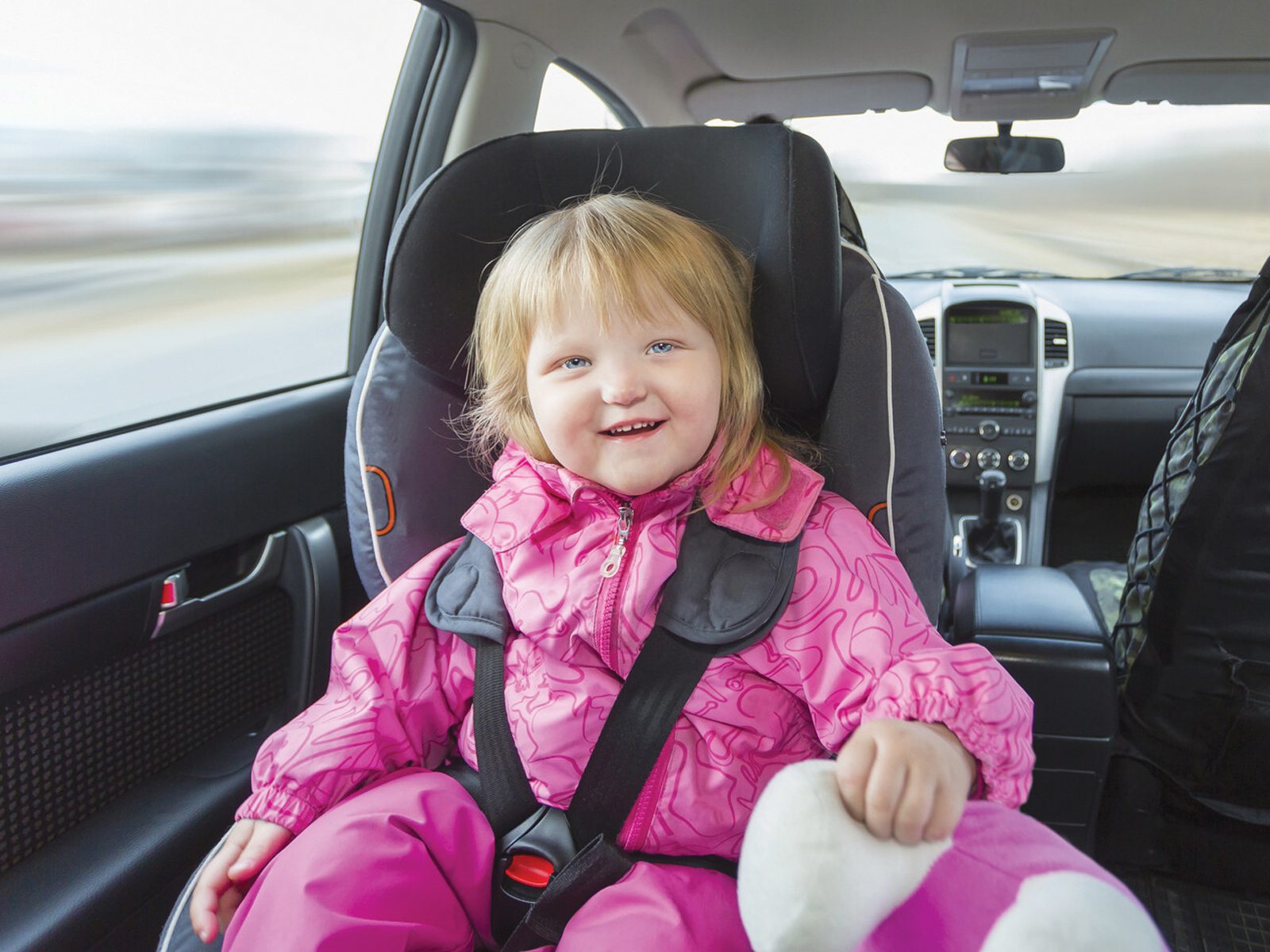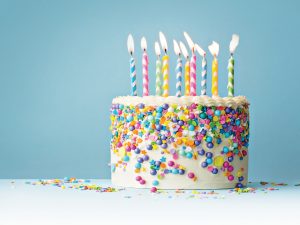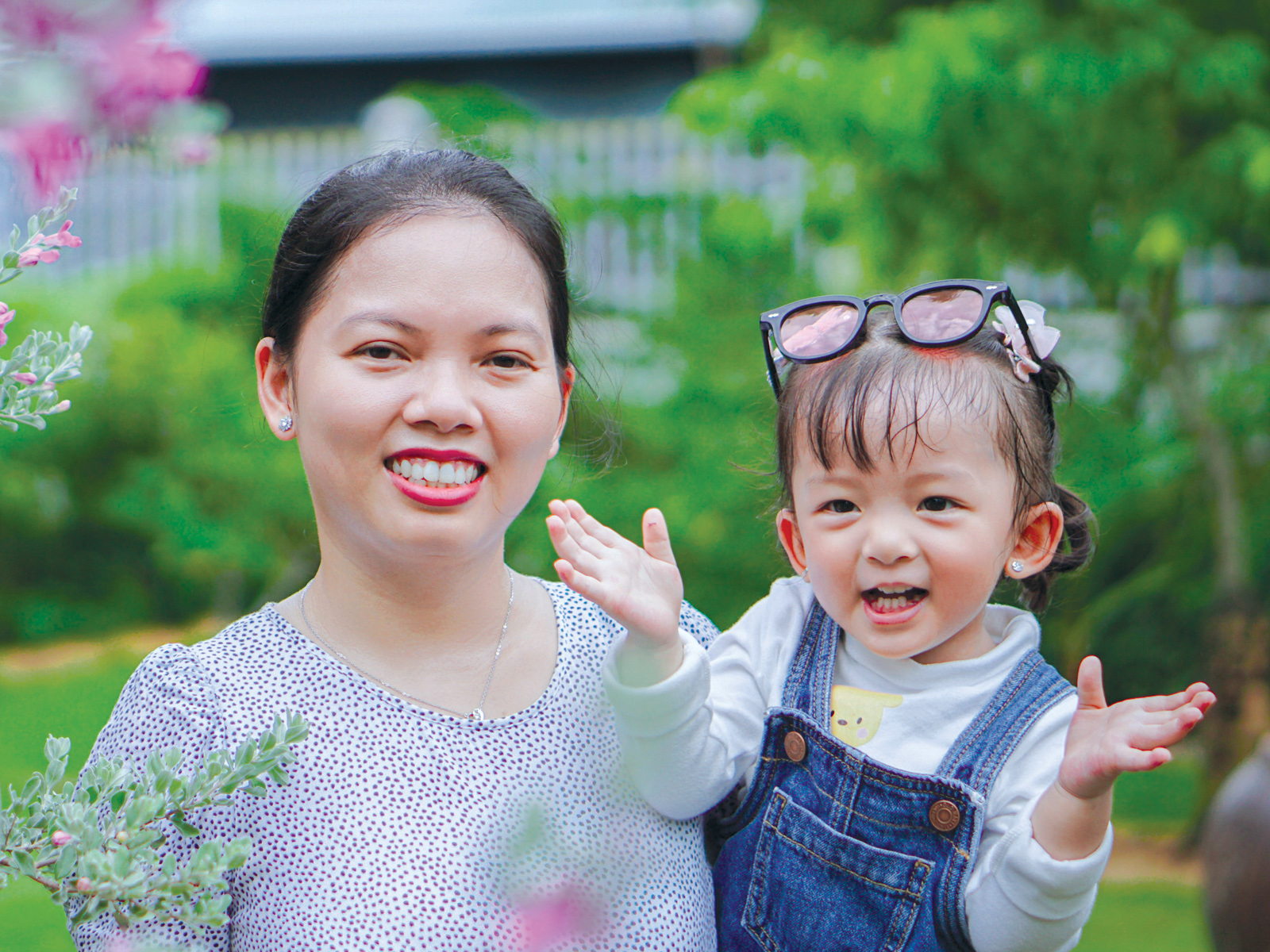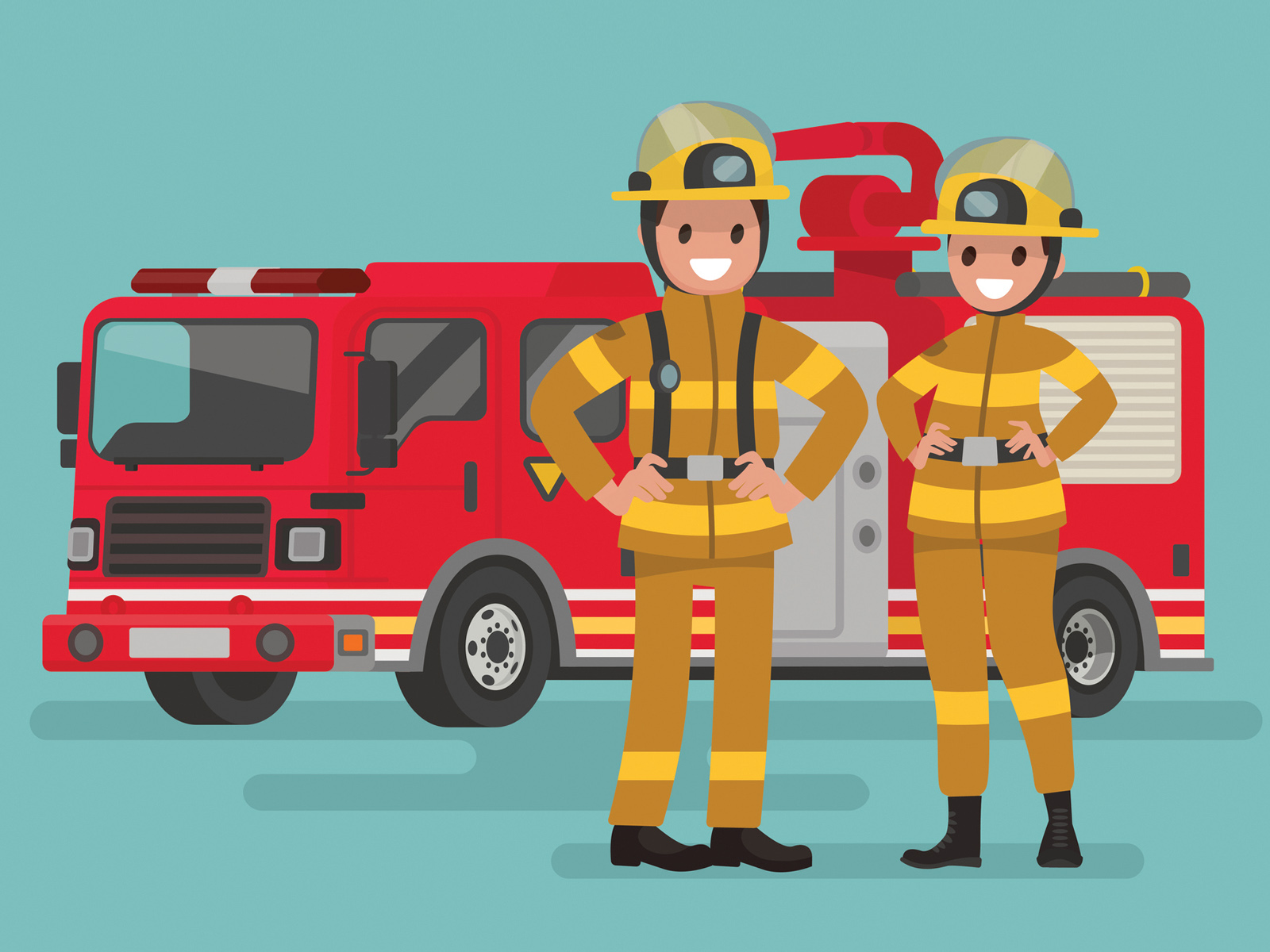In Canada, babies and children in vehicles must be properly secured with the right kind of seat or restraint. Car seats, booster seats, and seat belts can prevent many injuries or deaths.
What type of car seat should I use?
Rear-facing car seat:
• All infants must use a rear-facing car seat. A rear-facing seat provides the best protection for your child’s head, neck, and spine in a sudden stop or crash. Once your baby outgrows the infant seat, use a larger, rear-facing seat. As long as your child still fits within the manufacturer’s weight and height limits, they are safest using a rear-facing seat until 2, 3, or even 4 years old.
Forward-facing car seat:
• Once your child has outgrown the larger rear-facing car seat—and is at least 2 years old – they can move to a forward-facing car seat with a 5-point harness. Keep your child in a 5-point harness until they weigh at least 18 kg (40 lb) and can sit straight and tall without moving out of position or unbuckling. This may be at 4, 5, or even 6 years old. If your child outgrows the seat before they can sit correctly, you may need a 5-point harness that will hold a taller, heavier child.
Booster seat:
• When your child is at least 18 kg (40 lb) and at least 4 years old, and has outgrown their forward-facing car seat with a 5-point harness, they may be ready to move to a belt-positioning booster seat. To safely use a booster seat, your child must be able to sit correctly. Keep your child in a booster seat until they safely fit the adult seat belt. For most children, this will be between 9 and 12 years old.
Seat belt:
• Once your child is at least 145 cm (4’ 9”) tall, they may be ready to start using an adult seat belt.
• In order to fit safely:
– Your child’s knees must bend comfortably at the edge of the vehicle seat when sitting all the way back.
– The lap belt must stay low and snug across your child’s hips.
– The shoulder belt must cross the chest and stay between the neck and shoulder.
– If your child cannot sit like this for the whole trip without slouching, continue to use a booster seat.
When can my child sit in the front seat?
• Children under the age of 13 are safest in the back seat.
How do I install a car seat with a 5-point harness?
• Place the car seat in the back seat of the vehicle.
• Secure the car seat using the Universal Anchorage System (UAS) or the vehicle seat belt, carefully following the vehicle manual and the car seat instructions.
• Make sure that the car seat is tightly secured to the vehicle and does not move more than 2.5 cm (1 inch) in any direction where it is attached to the car.
For a rear-facing seat:
• Install the seat at the reclined angle required by the car seat instructions. Check the instructions to see how you adjust the seat to get the correct angle.
• If you are using a seat with a handle, place it in the position required by the manufacturer.
For a forward-facing seat:
• Always use the top tether on a forward-facing car seat. A tether strap attaches the top of the car seat to a designated tether anchor for that vehicle seat.
To secure your child in a 5-point harness
• For your rear-facing child, make sure the harness straps are in the slot level with or just below your child’s shoulders.
• For your forward-facing child, make sure the harness straps are in the slot level with or just above your child’s shoulders.
• Tighten the harness straps. You should not be able to pinch the harness at the shoulder. The harness should be flat with no twists.
• Place the chest clip at armpit level.
• Bulky clothing or snowsuits should not be worn in the car seat. They can interfere with proper harness tightening and placement.
How do I use a booster seat?
• A booster seat positions your child so that the seat belt fits across the strong bones of the hips and pelvis and not the abdomen, to protect your child from injury.
• While seated in the booster seat, the lap belt should fit low and snug across your child’s hips, and not up on their belly.
• The shoulder portion of the seat belt should be positioned over the chest and collarbone, staying between your child’s neck and shoulder so that it does not touch the neck.
• Follow the directions for the booster seat to know how to route the seat belt under any armrests or through any belt guides, as directed.
Is my car seat or booster seat safe to use?
• Check that your seat is approved for use in Canada. Look for the National Safety Mark on your car seat or booster seat:
• Read the labels and instructions to make sure that your child is within the age, weight, and height limits for the seat.
• Most manufacturers recommend that you replace a car seat that has been in a car crash, even a minor one. Contact your manufacturer if you are unsure.
• If you do not know the history of the seat, it may no longer be safe to use. Make sure you have all the parts, including the instruction manual.
• All car seats expire. Plastic and metal parts wear out over time. Contact the manufacturer if you are unsure when your seat expires.
• Check Transport Canada’s website to see if your seat has been recalled.
• Register your child’s seat with the manufacturer. They will contact you if there is a recall.
Are there any other safety tips?
• Many seat manufacturers have online video tutorials that can help.
• Some local community resources offer car seat clinics. There may be someone who has been trained to help with installation or check that you have installed the car seat correctly.
• If you use an infant carrier outside of a vehicle:
– Always keep your child buckled.
– Do not put the seat on a raised surface (for example, a table or shopping cart) because it may fall.
– Always take your baby out of the car seat when you arrive. A car seat is not a safe place to sleep.
• It is not safe to use any add-on accessories that are not approved by the manufacturer, such as a bunting bag or head-restraint.
• Never leave your child alone in the car.
• Use memory aids to make sure a child is never unintentionally forgotten in the car. For example, place your phone or bag in the back seat to avoid a memory lapse.
Source: caringforkids.cps.ca
Additional resources:
– Transport Canada: Child car seat safety
– Child Safety Link: Child passenger safety
– Parachute: Choosing the right car.














